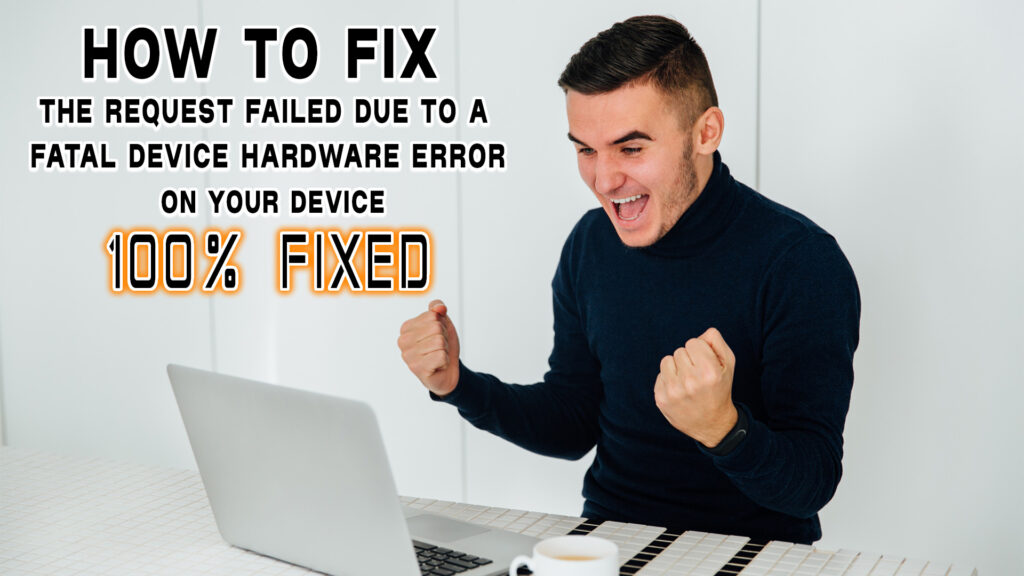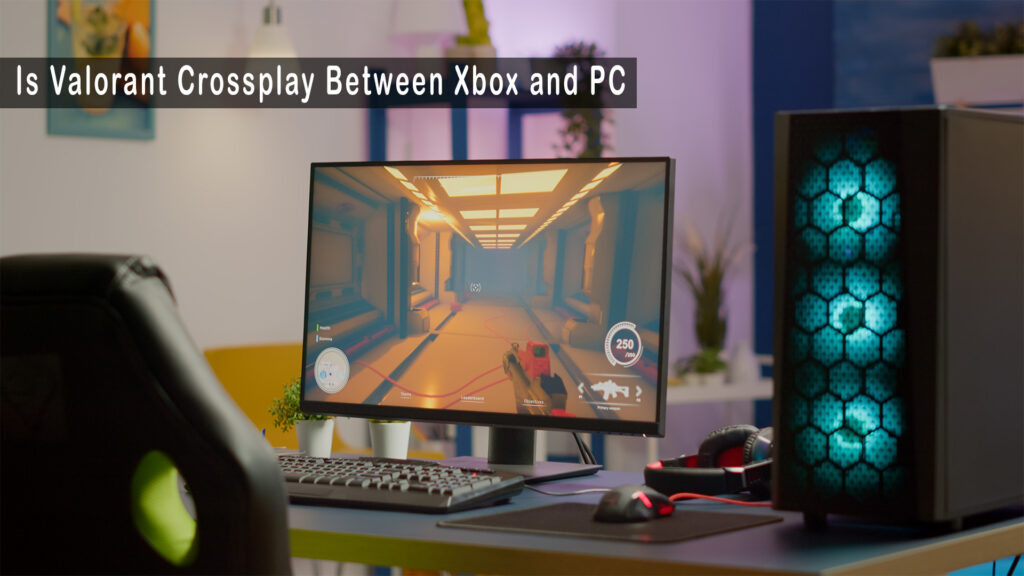The message The request failed due to a fatal device hardware error means trouble. It’s not random. It points to a serious fault in your device’s hardware or system.
This error shows up out of nowhere. You might be doing something important or just opening a file. Everything stops. But don’t stress. The problem sounds deep, but the fix is often simple.
This guide explains the top causes. It gives clear steps to solve the issue. It also shares tips to keep your device healthy and avoid this error again.
Let’s fix it and get your device working again.
Causes of the Error
Several things can cause this error. The most common reasons include:
- Hardware failure
A bad hard drive, USB, or internal part can trigger the message. - Corrupted files
Broken system files or damaged data can block normal tasks. - Outdated drivers
Old or mismatched drivers can stop your hardware from working right. - Conflicting software
Some apps fight with system tools. This can cause errors when your device tries to read or write data. - Storage problems
Low disk space or bad partitions can break key functions and lead to this fatal error.
How to Fix “Request Failed Due to a Fatal Device Hardware Error”
Follow these steps to resolve the issue and restore your device’s normal operation:
1. Restart Your Device
A quick restart can often clear up short-term issues behind the error.
2. Check Hardware Connections
If you’re using external devices like USB drives or external hard disks, disconnect them. Reconnect them securely. Ensure that all cables are undamaged.
3. Update Device Drivers
- Outdated or corrupted drivers often cause hardware errors. Follow these steps to update your drivers:
- Open Device Manager.
- Right-click the hardware device and choose Update Driver.
- Select Search automatically for updated driver software.
- Let Windows update the driver if available.
4. Run Disk Check Utility
- If the issue relates to disk corruption, use the built-in Disk Check tool:
- Open Command Prompt as an administrator.
- Type
chkdsk /fand press Enter. - Restart the device to allow Windows to check and fix disk errors.
5. Run System File Checker (SFC)
- If system files are corrupted, the SFC tool can scan and repair them:
- Open Command Prompt as an administrator.
- Type
sfc /scannowand press Enter. - Wait for the process to finish and follow any instructions to repair files.
6. Check Device Health
- Hardware failure can lead to persistent errors. Run diagnostics tools to check your device’s hardware:
- For hard drives, use built-in tools like CrystalDiskInfo or the Windows Check Disk Utility.
- For other devices, refer to the manufacturer’s diagnostic software.
7. Perform a System Restore
- If the error started after recent changes, restoring your system to a previous point can help:
- Go to Control Panel > System and Security > System.
- Select System Protection and choose System Restore.
- Choose a restore point before the issue began.
8. Reinstall the Device
- Sometimes, removing and reinstalling the device can resolve underlying problems:
- Open Device Manager.
- Right-click the device showing the error and select Uninstall.
- Restart your device. Windows should automatically reinstall the necessary drivers.
Preventing Future Hardware Errors
You can easily reduce the chances of facing this error again by following some simple and effective steps:
Keep Your System Updated
Updates keep your system steady. Check often. Install them right away. They fix bugs, update drivers, and improve speed.
Run Regular Maintenance
Clear out junk. Use Disk Cleanup to free space. Use the Defragment tool to fix hard drive layout. These steps keep your device fast and error-free.
Back Up Your Data
Always keep copies of your important files. If your device fails, backups protect your data. Use cloud storage or an external drive to save photos, documents, and other files. You stay safe and prepared if trouble happens.
Avoid Device Overload
Too many open apps can slow your system. They can also heat up your device or cause errors. Keep only the tools you need open. This helps your device stay cool and work better.
These simple habits protect your system. They lower the risk of seeing this error again. A healthy device runs smoother and lasts longer.
Conclusion
The error The request failed due to a fatal device hardware error sounds serious. But clear steps can solve it. Check your hardware. Update your drivers. Use system tools. If the issue stays, try a system restore or reinstall the device.
Use the tips in this guide to fix the error and avoid it later.
Common FAQs:
What does this error mean?
It means your hardware or system has a problem. A bad hard drive or broken file is often the cause.How can I fix it?
Restart your device. Update drivers. Run Disk Check and System File Checker. Check your cables and hardware. Try a system restore if needed.Can software cause this?
Yes. Old or broken software, including drivers, can cause the error. Keep everything updated to stay safe.Is my device broken?
Not always. Software issues can look like hardware problems. Simple fixes often work.How do I prevent this error?
Keep your system updated. Run cleanups. Don’t open too many programs at once. These habits help prevent errors.Can I fix it without tech skills?
Yes. Most steps are easy. You don’t need expert help in most cases.What if the error keeps coming back?
You may need help from a technician. The problem could be deeper, like a bad hard drive.Is it safe to ignore the error?
No. It could lead to lost data or worse issues. Fix it as soon as possible.
Still stuck? Ask in the comments. We’re here to help.
Read More: How Much Power Does Your PC Use? Cut Costs with These Smart Tips



